Xiaomi Mi TV 4 preview: The next big thing is here
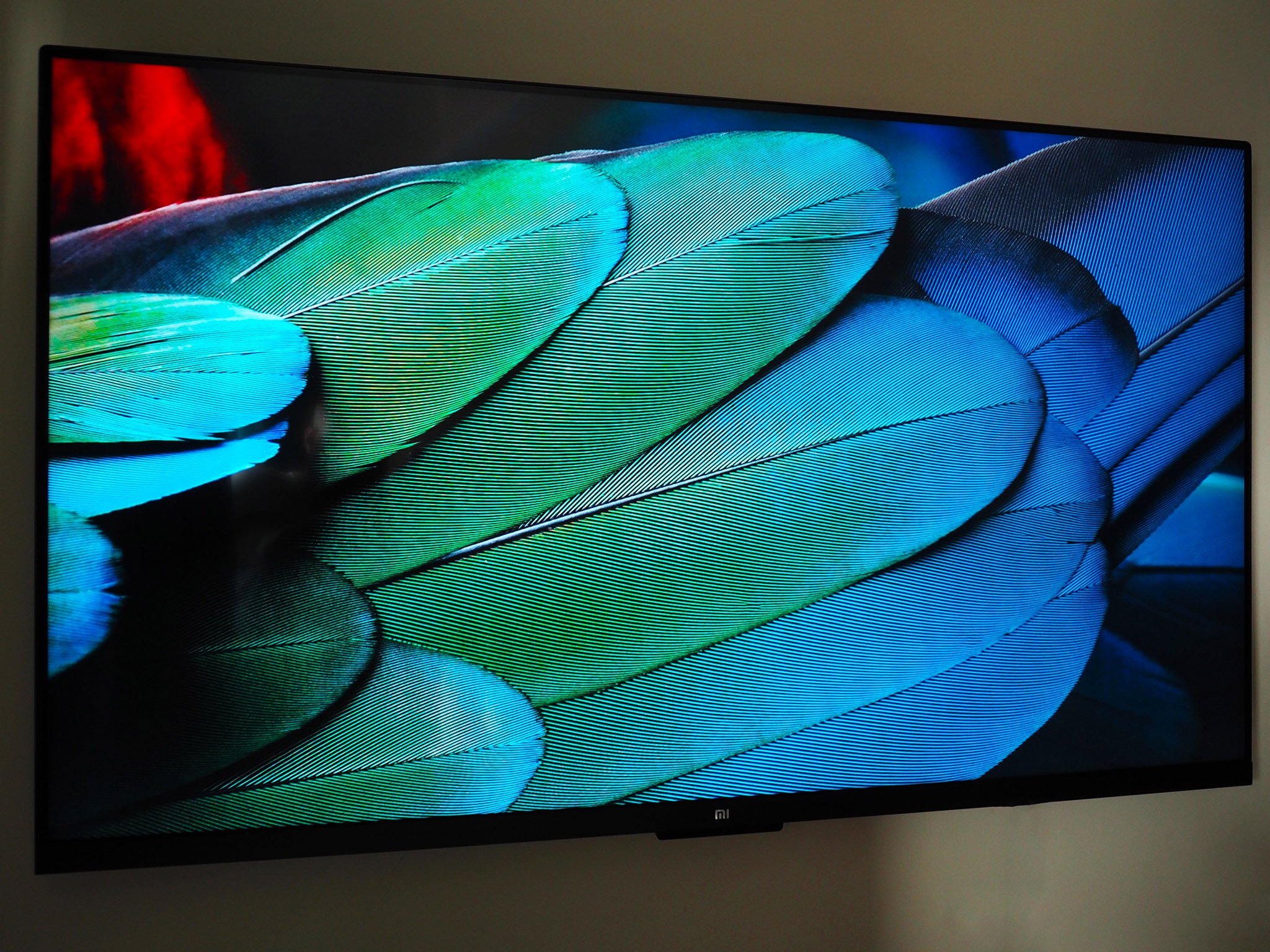
Back in 2015, I walked into a Xiaomi service center to get a busted Mi 4 fixed. That was my first run-in with the Mi TV. It was a brand-new Mi TV 2 that the service center imported from China to showcase Xiaomi's portfolio. When asked if it would launch in India, all I got in return was a noncommittal, "Soon."
I wasn't alone in my enthusiasm for the Mi TV. Xiaomi fans in the country have been clamoring for the TV range to make its debut for a few years now, going as far as to create a petition addressed to Xiaomi co-founder and head of its TV business Chuan Wang to bring the products to India.
Two and a half years later, Xiaomi has formally launched the Mi TV in India. It is a momentous occasion for the brand as India is the first market outside of China to receive its TV range.
The first TV that is making its debut in the country is the 55-inch variant of the Mi TV 4. Before we delve in, a quick look at some of the highlights of Mi TV 4: it offers 4K, HDR10, and runs Xiaomi's PatchWall interface that leverages AI to serve content recommendations. The TV itself isn't all that bad to look at either — with a thickness of just 4.9mm, it is one of the sleekest TVs around. The best part? It costs just ₹39,999 in the country.
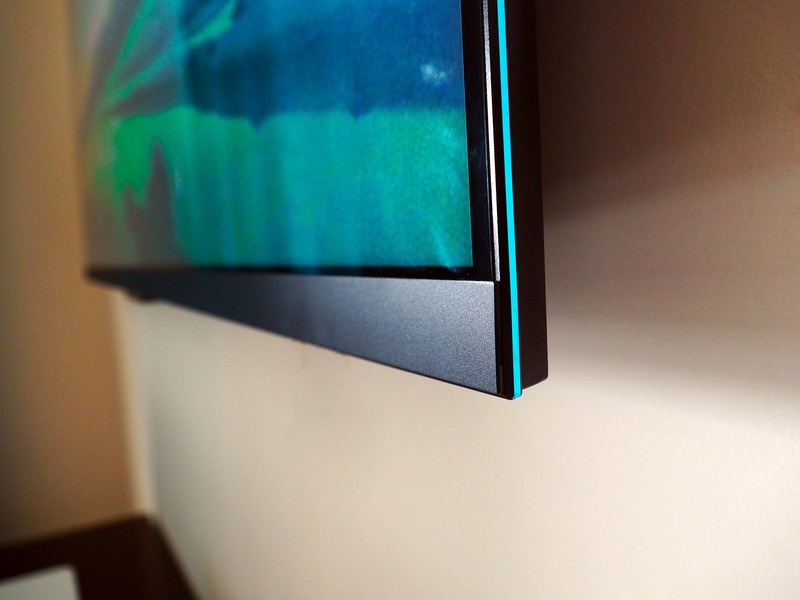
It's not a uniform 4.9mm thin, as the bottom third of the TV that houses the components goes up to 39mm. Still, the overall design and build quality of the Mi TV 4 is several notches above what you get in this segment. Heck, there's brushed metal at the back of the thing, and when was the last time you looked at the back of a TV?
The unit is powered by a 64-bit Amlogic T968 chipset with four 1.8GHz Cortex A53 cores, along with 2GB of RAM and 8GB of internal storage. There's also Wi-Fi ac and Bluetooth 4.0, giving you the ability to hook up your keyboard and mouse or wireless audio gear to the TV.
In terms of connectivity, you get three HDMI ports (including an ARC port), one USB 3.0, and a USB 2.0 port. They're located to the left of the device and are clearly labeled so you can find them with ease. At the bottom, you get an Ethernet port, along with S/PDIF, and older TV antenna and RCA connectors. Again, these are also labeled so you can find the correct port without having to dig around in the back.
Be an expert in 5 minutes
Get the latest news from Android Central, your trusted companion in the world of Android

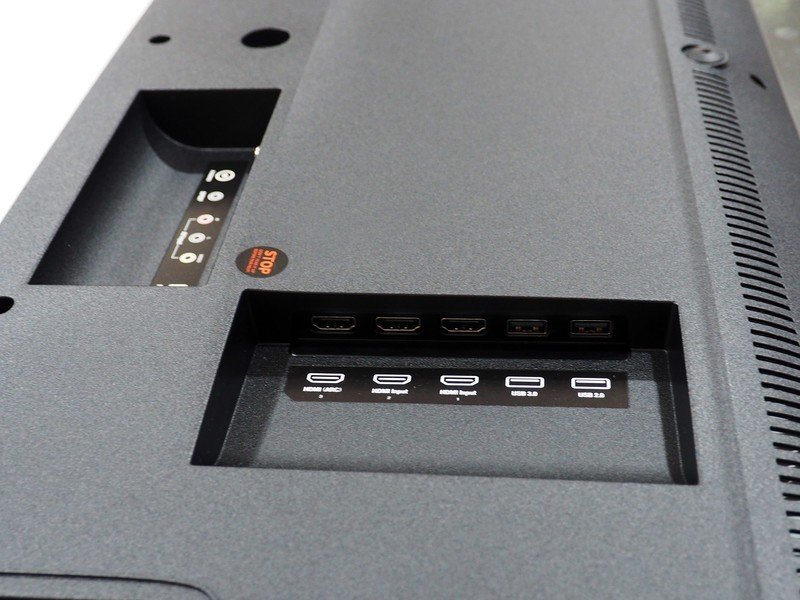
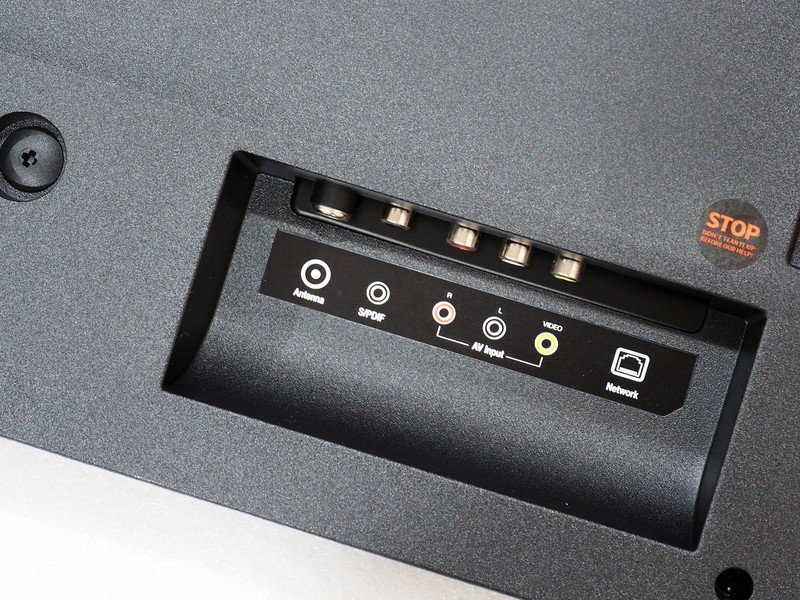
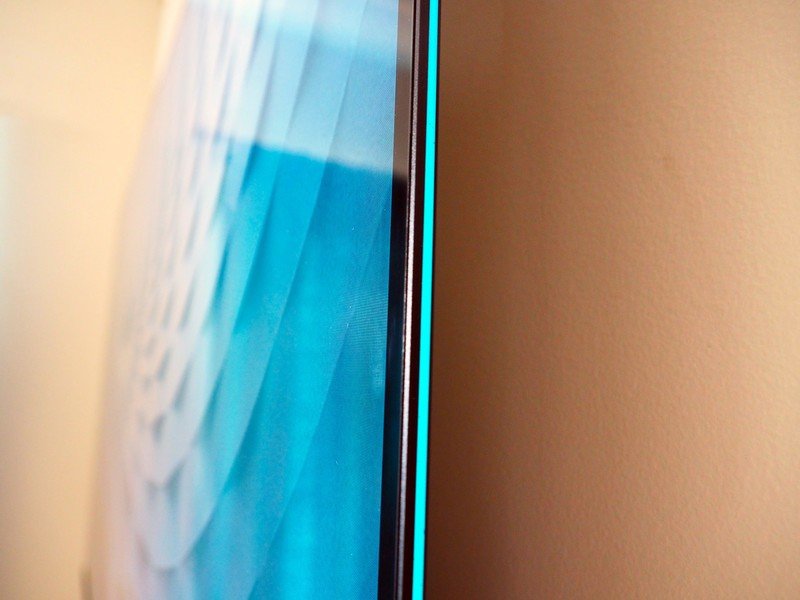
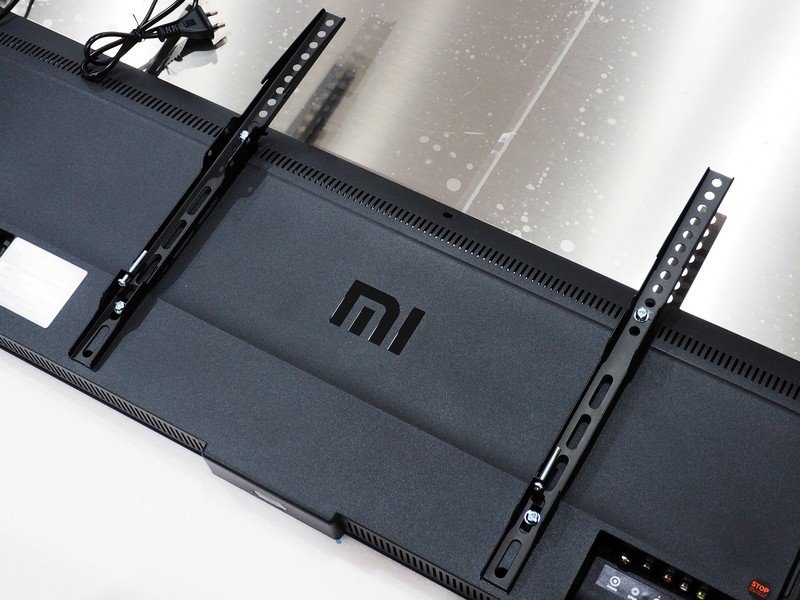
Usually when we're talking about a TV, the hardware gets all the focus. That isn't the case with the Mi TV 4, as the amount of time and effort Xiaomi invested in customizing the interface is unheard of in the Indian market. The PatchWall interface highlights content relevant to your interests — the home screen is broken into several sections, and you can easily navigate to your desired category.
The home tab shows recommendations, what's new and trending, as well as TV inputs and apps. The VIP section is where you'll find paid services, and there's also dedicated tabs for movies, TV shows, sports, and kid-friendly programming.
In India, Xiaomi is teaming up with Bangalore-based Sensara to tailor recommendations. If you're not familiar with the startup, Sensara offers a smart remote called Sensy that lets you control your TV through voice commands.
If you're using a Xiaomi phone that has an IR blaster, you can directly download Sensy's smart remote app and get started. Otherwise, you can pick up the Sensy Home from Amazon and hook it up to your TV. Essentially, you're relying on infrared to change channels on the TV.
The hardware is just one part of the story here; where Sensy excels at is its recommendation engine. Available via the app (and now the Mi TV 4), Sensy leverages machine learning to serve content suggestions as soon as you hook up your set-top box to the TV. For instance, if you've just seen the latest Thor movie, it will suggest other superhero-based movies, and the engine continually analyzes your usage patterns to deliver personalized recommendations.
The interface you get with set-top boxes hasn't changed in over a decade, and this is where Sensy's collaboration with Xiaomi makes a difference on the Mi TV 4. Sensy works with all DTH providers in India, and its pièce de résistance is that you can search through all the channels on your DTH provider for content — both regional and international.
PatchWall is particularly interesting as it directly integrates content from your set-top box, so you get to see all the available programming options on hand without having to switch to another interface.
You can even search by a particular actor, director, or category, and set up reminders for your favorite programs. Essentially, if you're looking for the most effective way to consume the wealth of programming available from your DTH provider or OTT service, the Mi TV 4 is the best way to do it. There hasn't been anything close to universal search in India, and the feature is what makes the Mi TV 4 stand out.
The Mi TV 4 is a paradigm shift for how Indians consume television.
For those that have cut the cord and are looking for OTT providers, Xiaomi has tied up with the likes of Hotstar, Voot, Sony LIV, Hungama Play, ALT Balaji, and others. There are a few big names missing from the service at launch — there's no way to access Prime Video — but Xiaomi has mentioned that it is close to signing a deal. As for YouTube, you get a web client that offers the same feature-set as the full-fledged YouTube app on Android TV.
In total, there's about 500,000 hours of content available on the Mi TV 4, with around 80% of it available for free. It'll take you around 57 years to go through all the programming available.
The initial focus with Mi TV 4 seems to be all about bringing the set-top box interface to the 21st century. Nine out of ten folks buying it would be more than satisfied with the connectivity options available. For those that have cut the cord, there's always the option to hook up the TV to a Chromecast or Fire TV Stick.
After-sales service is a bigger worry when you're talking about a product like a TV, and it looks like Xiaomi invested a lot of resources in getting this right. The installation crew that came to my house were knowledgeable about the product, and were able to affix the TV onto a wall in a matter of minutes.
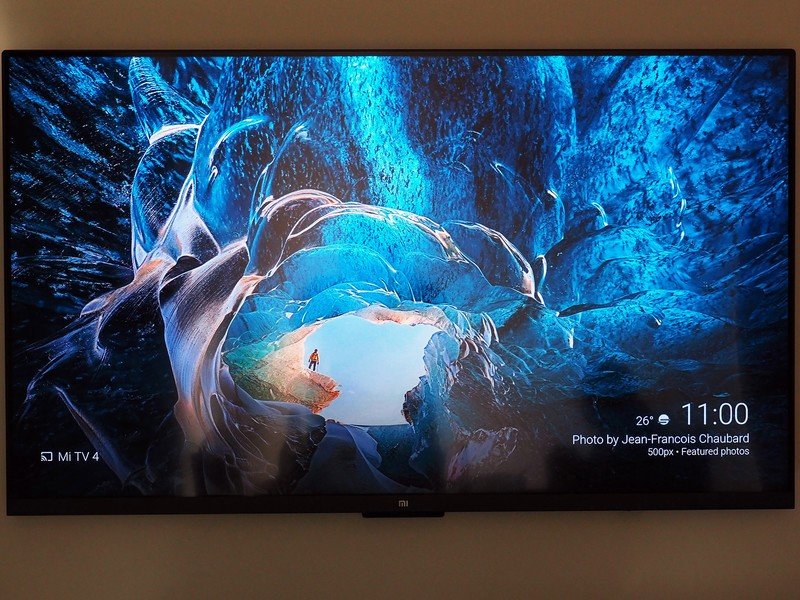
I've been using the TV for just over three days now, so I'll reserve judgement on the panel quality in my review. As far as initial impressions go, it's easy to see that Xiaomi put a lot of thought into tailoring the experience for Indian customers. PatchWall combined with Sensy's recommendation engine turbocharges your TV viewing experience, and finally makes it easy to see what's actually on the air without having to go through your set-top box's clunky interface.
As for when you'll be able to get your hands on one, the Mi TV 4 is going up for sale starting later this week for ₹39,999. You'll be able to purchase the TV from Mi.com as well as Mi Home stores.
Sure, there are key services like Netflix that are missing from the platform, and this is an area that Xiaomi needs to address. But for ₹39,999, there isn't a TV that comes close to delivering the sheer value that you get with the Mi TV 4. As it did with phones, it looks like Xiaomi is on its way to disrupting the TV segment.
The Mi TV 4 isn't the only product Xiaomi launched in India, so hit up the links below to take a look at our extended coverage of the Redmi Note 5 and its more powerful sibling, the Redmi Note 5 Pro:

Harish Jonnalagadda is Android Central's Senior Editor overseeing mobile coverage. In his current role, he leads the site's coverage of Chinese phone brands, networking products, and AV gear. He has been testing phones for over a decade, and has extensive experience in mobile hardware and the global semiconductor industry. Contact him on Twitter at @chunkynerd.
